This article was co-authored by wikiHow Staff. Our trained team of editors and researchers validate articles for accuracy and comprehensiveness. wikiHow's Content Management Team carefully monitors the work from our editorial staff to ensure that each article is backed by trusted research and meets our high quality standards.
This article has been viewed 684,414 times.
Learn more...
When you have lost a loved one, it can take a long time to heal. Your friends and family may offer their support through sympathy cards, letters, online messages, and flowers. Remember that people offer condolences because they care and love you. It helps to know how to respond to messages and kind gestures when you are ready.
Steps
Figuring out What to Say
-
1Respond to in-person condolences with a genuine “thank you.” People understand that you’ll be emotional or in pain. When they say “I’m sorry for your loss,” they just want you to know that they support you, and won’t be expecting a longer conversation. A simple “thank you” works.[1]
- Other short phrases you can say are, “I appreciate it,” or “That’s very kind.”
- If the other person knew the deceased and is grieving too, you can acknowledge that by also responding, “This must be hard for you, too.”
-
2Write a simple, sincere message to those who sent cards or gifts. If you’re responding to an online message or writing a card, this doesn’t need to be long. Thank the recipient for their sympathy or support. You can mention a specific detail, such as the flowers they sent or how they attended the memorial service.[2]
- Here is an example of a thank you message: “Thank you for expressing your sympathy during this difficult time for our family. I truly appreciated the beautiful flowers you sent. Your love and support means a lot to me.”
- If you’re responding in a letter, choose a word to conclude your note based on your relationship with the recipient. If it’s a close family member or friend, you can write “love” or “with love.” If it’s someone you don’t know as well, like the deceased’s friend or coworker, you can write “warm regards” or “sincerely.”
Advertisement -
3Wait to reply to messages until you are ready. Some people respond to condolences within a few weeks to help them heal more quickly. If you are not ready to reply, take more time to grieve. Try writing a few responses after 2 to 3 months. If it’s still difficult, you can ask a friend to help you.[3]
Replyling to Letters and Messages
-
1Send a handwritten note or card back to people who sent one to you. You may receive all kinds of sympathy cards and notes. If you receive heartfelt, handwritten letters, take the time to reply with your own handwritten message.[4]
- If you receive a generic sympathy card signed only with a name, you typically don’t need to respond.[5]
-
2Reply with pre-printed cards provided by the funeral director for a simple solution. If you are not able to write personalized responses, use the acknowledgment cards that funeral establishments often provide. These cards usually have messages thanking the recipient for their expression of sympathy.[6]
- If you want to follow up a simple thank you card with a longer letter, include a message in the card mentioning that you will write a more personal note when you can.[7]
-
3Publish a response on the funeral website to reply to those who posted messages. Many funeral homes offer online obituaries, where people can post their condolences as public comments. You can respond to all messages with your own on the funeral home’s website, thanking everyone for their kind words.[8]
- Here is an example of a message you can post in reply: “Thank you all for your thoughts and prayers. We appreciate the kindness during this difficult time.”
-
4Post on social media to thank people who sent their condolences online. Expressing condolences online is more common these days. If you receive several messages or comments on a site like Facebook, for example, you can post a message thanking well-wishers for their support.[9]
- If certain Facebook friends follow up their post with a card or phone call, take the time to respond with your own thank you card.
-
5Thank someone with an email if that’s how you typically communicate. Sending emails might be considered impersonal. But if a friend or loved one offered condolences in an email, and that’s how you usually communicate, it’s okay to reply with your own email.[10]
- If this person attended the funeral or sent a handwritten note, give them a phone call or reply with your own note.
References
- ↑ https://www.frazerconsultants.com/2018/02/how-to-respond-to-sympathy-social-media-messages-calls-and-texts/
- ↑ http://emilypost.com/advice/sympathy-notes-and-letters/
- ↑ https://modernloss.com/how-to-acknowledge-sympathy-cards/
- ↑ https://modernloss.com/how-to-acknowledge-sympathy-cards/
- ↑ https://modernloss.com/how-to-acknowledge-sympathy-cards/
- ↑ https://modernloss.com/how-to-acknowledge-sympathy-cards/
- ↑ https://modernloss.com/how-to-acknowledge-sympathy-cards/
- ↑ http://emilypost.com/advice/sympathy-notes-and-letters/
- ↑ https://www.nytimes.com/2017/08/24/smarter-living/condolence-letters-how-to.html
About This Article
While condolences from friends and family after losing a loved one can help you grieve, it’s natural to not know how to respond. When the condolence is in person, a simple and genuine “thank you” or “I appreciate it” is usually enough, since the person won’t be expecting a long conversation. If someone has sent you a heartfelt, handwritten note or card, reply with your own handwritten message once you have taken enough time to grieve. However, don’t feel obligated to respond to generic sympathy cards signed with a name. Since expressing condolences online is more common these days, consider posting a general status on a site like Facebook thanking well-wishers for their support. To learn more, like how to use pre-printed cards from a funeral director, scroll down.


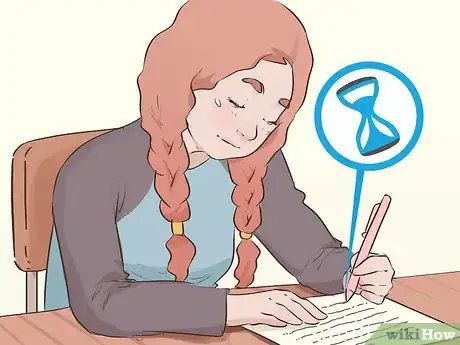







-Step-20-Version-2.webp)

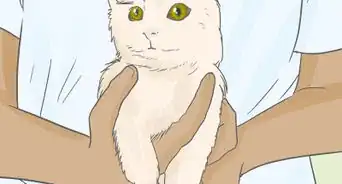

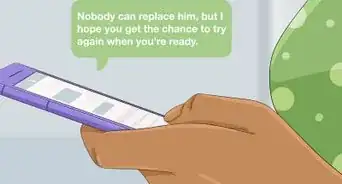
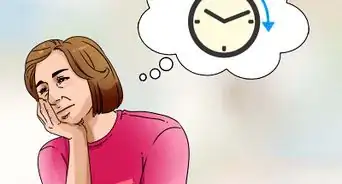

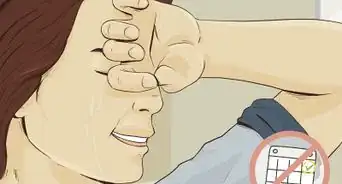
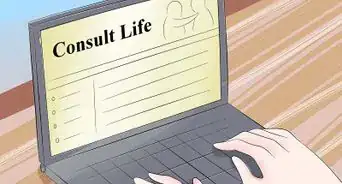
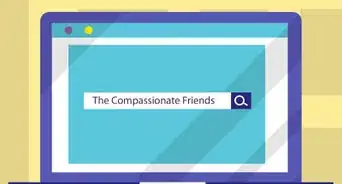
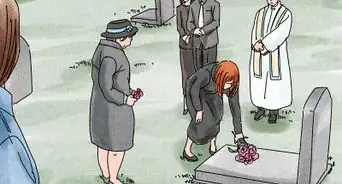











-Step-20-Version-2.webp)



































